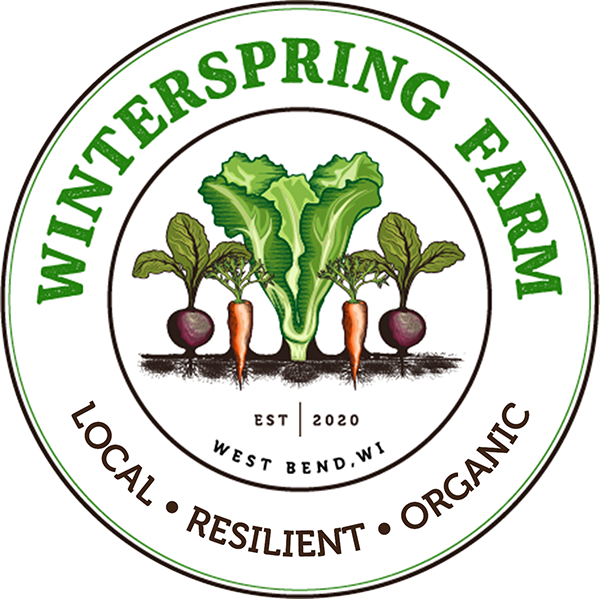Mustard Greens
Culinary Use, Storage, & Benefits
Mustard greens grown in a hoop house at Winterspring Farm. Photo by Stephan Girard.
Vegetable Profile: Mustard Greens (Brassica juncea)
Description
Mustard takes her place as the most pungent green of the brassicas. Mustard oil, the substance that creates the peppery flavor, provides a nice warming kick felt in the mouth as well as the nasal passages! The flavor is made more mild through cooking. The flowers of the plant are also edible and delicious. We grow a purple mustard that has beautiful dark burgundy veining on the leaves. Easily one of the most beautiful varieties of greens you’ll find!
Nutrition
Mustard greens are supportive of the lungs, stomach, and spleen. They can help reduce or expel excess mucus and are rich in antioxidants and have been shown to be helpful in reducing inflammation.
Storage
Mustard greens fade more easily than more waxy greens like collards or kale, so plan to use them up within a few days. Best to store them in a water-tight container in the crisper drawer of the fridge.
Use
Best when sauteed with olive oil, butter, or bacon grease, soy sauce, and garlic! It pairs well with eggs, chicken, tempeh, or pork. You can also finely chop it and add it like confetti to a salad for a peppery kick!
Sources:
specialtyproduce.com
The New Whole Foods Encyclopedia by Rebecca Wood
Asparagus to Zucchini by Fairshare Coalition
Produce: A fruit and vegetable lover’s guide by Bruce Beck
Our own experience!

